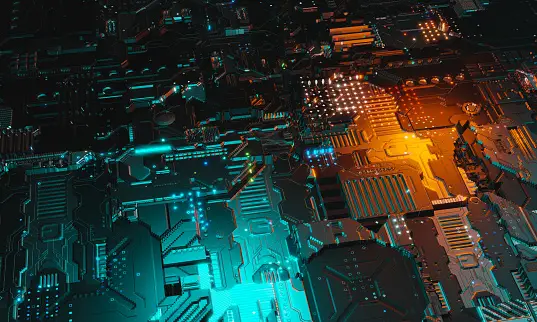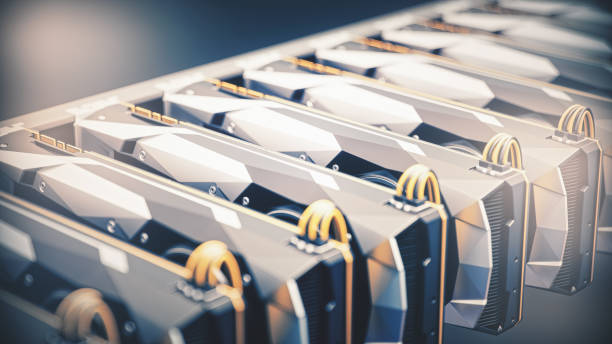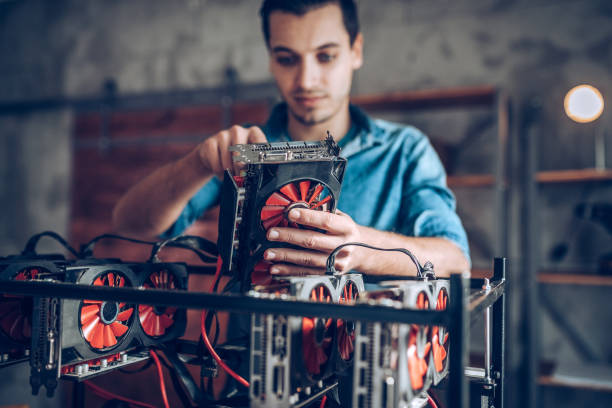
10 Tips for Optimizing Computer Graphics Cards In 2023? Computer graphics cards play a crucial role in providing a smooth and immersive visual experience for gaming and graphics-intensive applications. To ensure optimal performance and maximize the potential of your graphics card, it is important to implement certain optimization techniques.
Understanding Computer Graphics Cards
What are Computer Graphics Cards?
Computer graphics cards, also known as video cards or GPUs (Graphics Processing Units), are hardware components responsible for rendering and displaying images, videos, and 3D graphics on your computer screen. They work in conjunction with the CPU (Central Processing Unit) to process and generate visual output.
Importance of Graphics Cards in Gaming and Graphics-intensive Applications
Graphics cards play a critical role in gaming and graphics-intensive applications by handling complex rendering tasks, improving image quality, and delivering smooth frame rates. They offload the processing burden from the CPU, allowing for more realistic visuals and enhanced performance.
Ensure Updated Graphics Drivers

Importance of Updated Graphics Drivers
Updated graphics drivers provide improved compatibility, stability, and performance enhancements for your graphics card. They often include optimizations specific to the latest games and applications, ensuring a smooth and error-free experience.
How to Update Graphics Drivers
To update graphics drivers, visit the website of your graphics card manufacturer (such as NVIDIA or AMD) and navigate to the driver download section. Identify your specific graphics card model and operating system, then download and install the latest driver version.
Adjust Graphics Settings for Performance
Optimizing In-Game Graphics Settings
In-game graphics settings allow you to customize the visual quality and performance of games. Adjusting these settings can significantly impact your gaming experience. Lowering certain settings, such as anti-aliasing or shadow quality, can provide a performance boost without sacrificing visual appeal.
Adjusting Graphics Settings in Graphics Control Panel
Graphics control panels provided by graphics card manufacturers offer additional settings and customization options. Explore these control panels to fine-tune graphics settings, adjust resolution and refresh rate, and optimize performance for specific games or applications.
Read More: 10 Tips for Achieving Optimal Health and Safety In 2023
Monitor and Control Graphics Card Temperature

Importance of Temperature Monitoring
Graphics cards can generate significant heat during intensive tasks, which can affect performance and longevity. Monitoring the temperature helps prevent overheating and ensures optimal performance.
Using Software to Monitor and Control Temperature
Utilize temperature monitoring software, such as GPU-Z or MSI Afterburner, to keep an eye on your graphics card’s temperature. If temperatures exceed safe limits, adjust fan speeds or consider adding additional cooling solutions like aftermarket coolers or liquid cooling systems.
Ensuring Proper Cooling and Airflow
Maintain proper cooling by ensuring good airflow within your computer case. Clean any dust build-up regularly and position your case and components in a well-ventilated area. Consider installing additional case fans or optimizing fan configurations to improve airflow and keep temperatures in check.
Overclocking the Graphics Card

Benefits and Risks of Overclocking
Overclocking can boost the performance of your graphics card by increasing the clock speeds of the GPU and memory. However, it also poses potential risks such as increased power consumption, heat generation, and stability issues. Proceed with caution and understand the limitations of your specific graphics card model.
Overclocking Tools and Techniques
Use overclocking software like MSI Afterburner or EVGA Precision X1 to safely overclock your graphics card. Start by incrementally increasing the core clock and memory clock speeds, testing stability and temperature after each adjustment.
Proper Overclocking Precautions
When overclocking, be mindful of temperature thresholds and ensure adequate cooling. Monitor your graphics card’s temperature during stress tests and benchmarking to avoid overheating. If stability issues arise, revert to default clock speeds or fine-tune the overclocking settings for optimal performance.
Optimize Power Settings

Balancing Power Consumption and Performance
Adjusting power settings can optimize the power consumption of your graphics card without sacrificing performance. By finding the right balance, you can reduce power draw and heat generation.
Adjusting Power Settings in Graphics Control Panel
Graphics control panels offer power management options to control the performance mode of your graphics card. Choose a power setting that suits your needs, such as a balanced mode for general use or a high-performance mode for demanding applications.
Using Power Management Tools
Consider using power management tools like NVIDIA’s “NVIDIA Control Panel” or AMD’s “Radeon Software” to further fine-tune power settings. These tools provide additional options and features to optimize power consumption based on your preferences.
Clean and Maintain the Graphics Card
Importance of Regular Cleaning
Dust accumulation can affect the cooling efficiency of your graphics card, leading to increased temperatures and potential performance issues. Regular cleaning helps maintain optimal cooling and performance.
Proper Cleaning Techniques
When cleaning the graphics card, use compressed air or a soft brush to gently remove dust from the heatsink, fans, and surrounding components. Be careful not to apply excessive force or use liquids that may damage the hardware.
Preventing Dust Buildup
Prevent dust buildup by placing dust filters on intake fans and cleaning them regularly. Position your computer in a clean and dust-free environment to minimize the amount of dust entering the case.
Utilize Performance Optimization Software
Benefits of Performance Optimization Software
Performance optimization software, such as Razer Cortex or GameGain, can automatically adjust system settings, prioritize resources, and disable background processes to optimize performance during gaming or graphics-intensive tasks.
Popular Optimization Software Options
Explore popular optimization software options available for download. Research their features, user reviews, and compatibility with your system to find the software that best suits your needs and preferences.
Consider Upgrading Graphics Card Hardware
Knowing When to Upgrade
If you find that your current graphics card no longer meets your performance requirements or struggles to handle the latest games and applications, it may be time to consider upgrading to a more powerful and modern graphics card.
Researching and Selecting a New Graphics Card
Before upgrading, conduct thorough research on the latest graphics card models, their specifications, and performance benchmarks. Consider factors such as your budget, intended usage, and compatibility with your system to make an informed decision.
Conclusion
By following these ten tips for optimizing computer graphics cards in 2023, you can enhance your gaming experience, improve graphics-intensive task performance, and make the most of your graphics card’s capabilities. From updating drivers and adjusting settings to monitoring temperatures and considering upgrades, these optimization techniques will help you maximize the potential of your graphics card.
FAQs
Q: Can I optimize a graphics card without overclocking it?
A: Yes, optimizing a graphics card involves more than just overclocking. You can update drivers, adjust graphics settings, monitor temperatures, optimize power settings, clean the card, and utilize performance optimization software for improvements without overclocking.
Q: How often should I clean my graphics card?
A: Cleaning your graphics card every three to six months, or more frequently if you notice a significant dust buildup, is generally recommended. Regular cleaning helps maintain optimal cooling performance.
Q: Is overclocking safe for my graphics card?
A: Overclocking can provide performance gains but may also increase power consumption, heat generation, and potentially cause stability issues. It is important to understand the risks and limitations of your specific graphics card model before attempting overclocking.
Q: How do I know if my graphics card needs an upgrade?
A: If your current graphics card struggles to run the latest games or applications at satisfactory settings or frame rates, or if you require more advanced features not available in your current card, it may be time to consider an upgrade.
Q: Can I optimize graphics card performance on a laptop?
A: While some optimization techniques may differ, you can still update drivers, adjust settings, monitor temperatures, and utilize performance optimization software on a laptop with a dedicated graphics card. However, the upgrade options may be limited compared to desktop systems.











